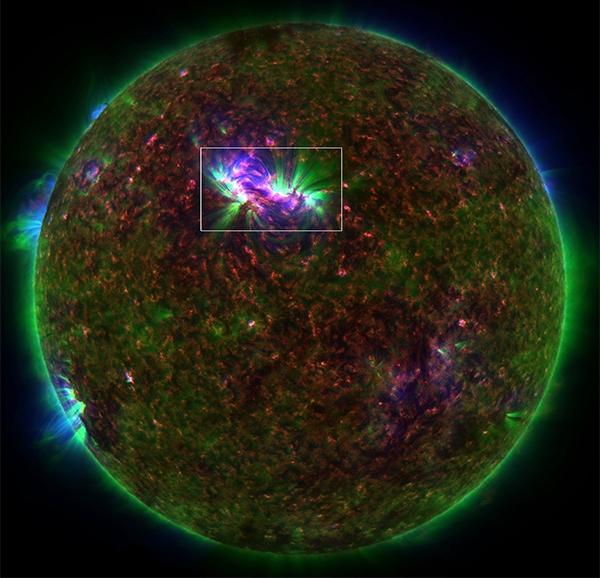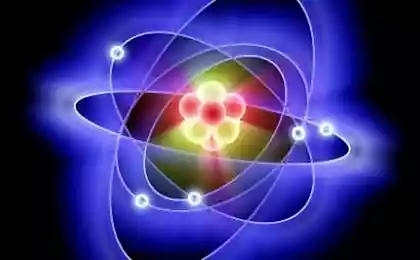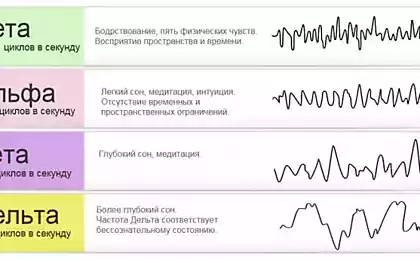1348
Alfven waves play an important role in the heating of the solar corona

The temperature of the coronal plasma reached the observed values in the crown must be constantly pumped energy from the photosphere. Since the direct heating is not valid (it would be a violation of the second law of thermodynamics), the influx of energy should provide some non-thermal processes involving electromagnetic fields in the plasma. One of the possible solutions to the problem in the forties of the last century offered Swedish physicist Hannes Alfvén; considered them transverse magnetohydrodynamic plasma waves propagating along the magnetic field lines are capable of transferring energy with very low losses.
This concept was considered quite convincing, but for a long time she remained without experimental support. Only in 2007, scientists recorded the first Alfven waves in the solar corona, which also proved to be too "weak" and even theoretically could not provide the desired increase in temperature.
The authors of the new work was lucky enough to find a much larger wave amplitude sufficient to heat the corona and solar wind acceleration. Observations of the corona and transition layer between it and the chromosphere, which analyzed data heliophysics, April 25, 2010 complied Observatory SDO. Parameters Alfven waves were evaluated on the impact of the latter on the spicules - jets of matter moving upward from the photosphere.
Now that the possibility of transferring large amounts of energy Alfven waves proved theorists can address the issue of the transfer of the delivered energy to the plasma. Build an adequate model of this process until no one managed.
This two-second video clip looped allows us to consider how the action of Alfven waves spicules begin to "wiggle". The actual length and width of the area shown approximately equal 43,500 km:























